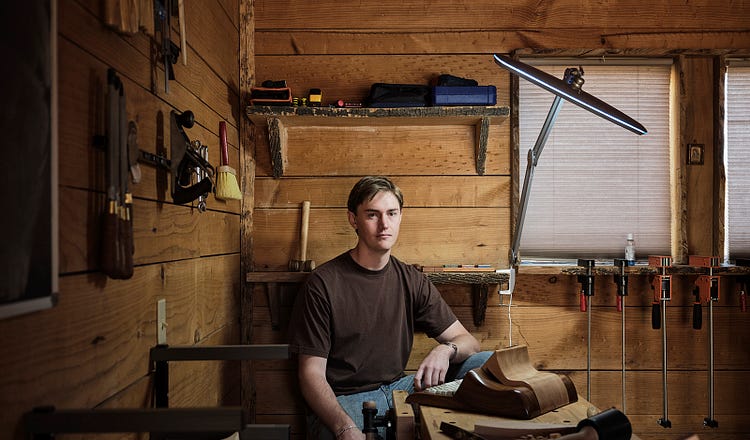A Computer of One’s Own

Keegan McNamara, 25, the founder of Mythic Computer Co., poses for a portrait in his shop in Ojai, California. (Philip Cheung for The Free Press)
Most of the tech gifted this holiday will end up in a landfill. But Keegan McNamara makes laptops you can pass on to your grandchildren.
233
New computers all seem to look like each other. They’re ubiquitously lighter, sleeker, and more capable than their clunky forefathers, with superfast software, hyperclear displays, and ever more powerful fans to cool the circuit boards we ride all day.
But Keegan McNamara wanted just two things in a personal computer. “To be beautiful and serene,” he sa…
Continue Reading The Free Press
To support our journalism, and unlock all of our investigative stories and provocative commentary about the world as it actually is, subscribe below.
$8.33/month
Billed as $100 yearly
$10/month
Billed as $10 monthly
Already have an account?
Sign In

